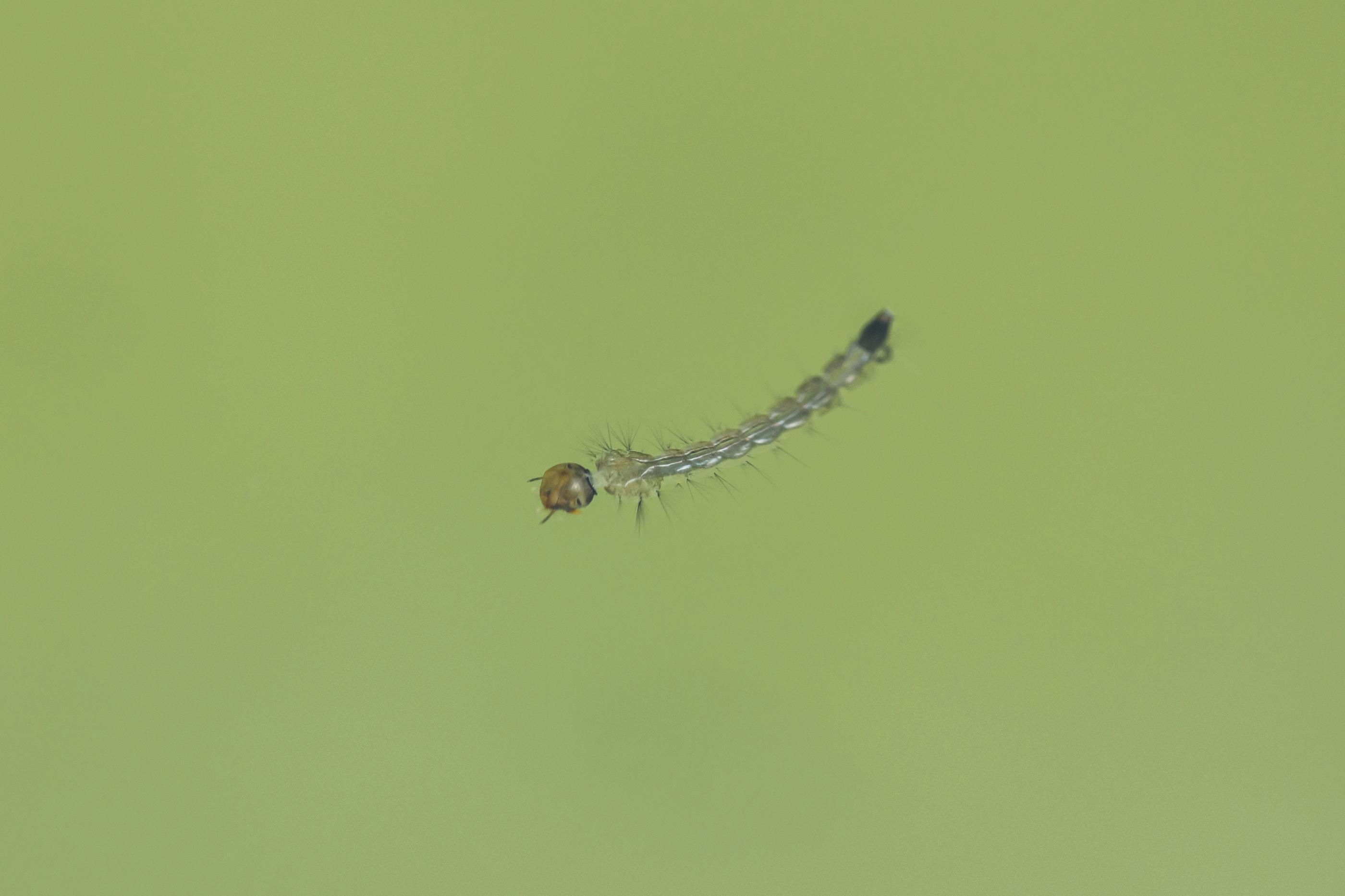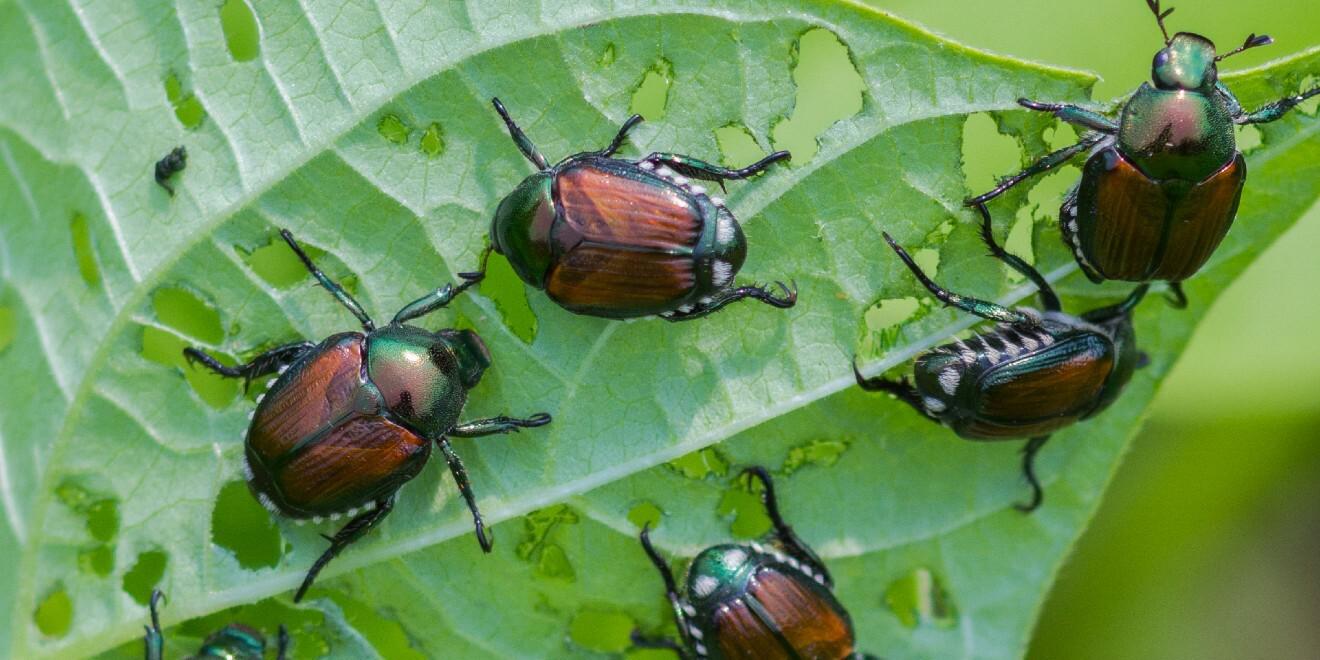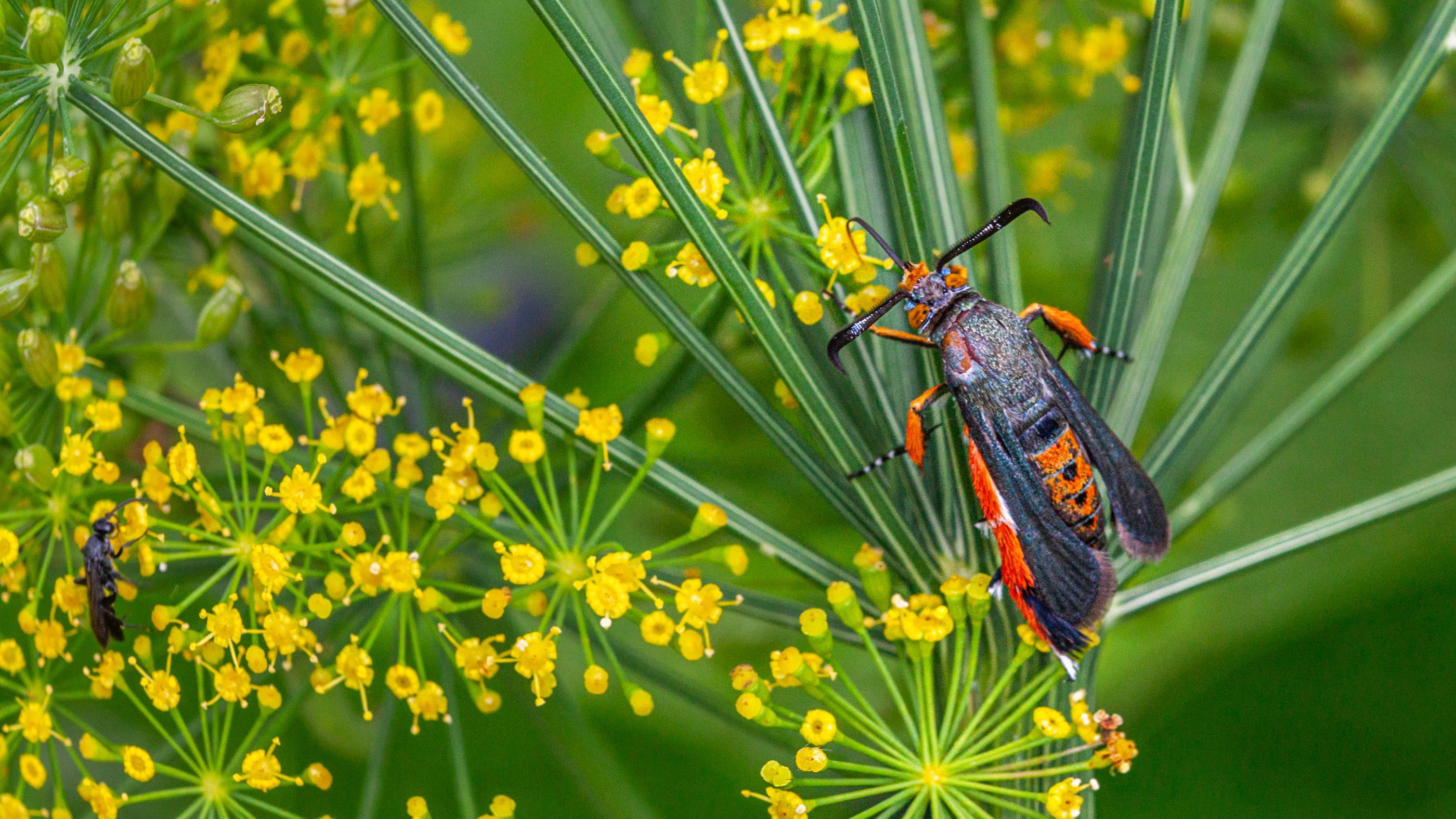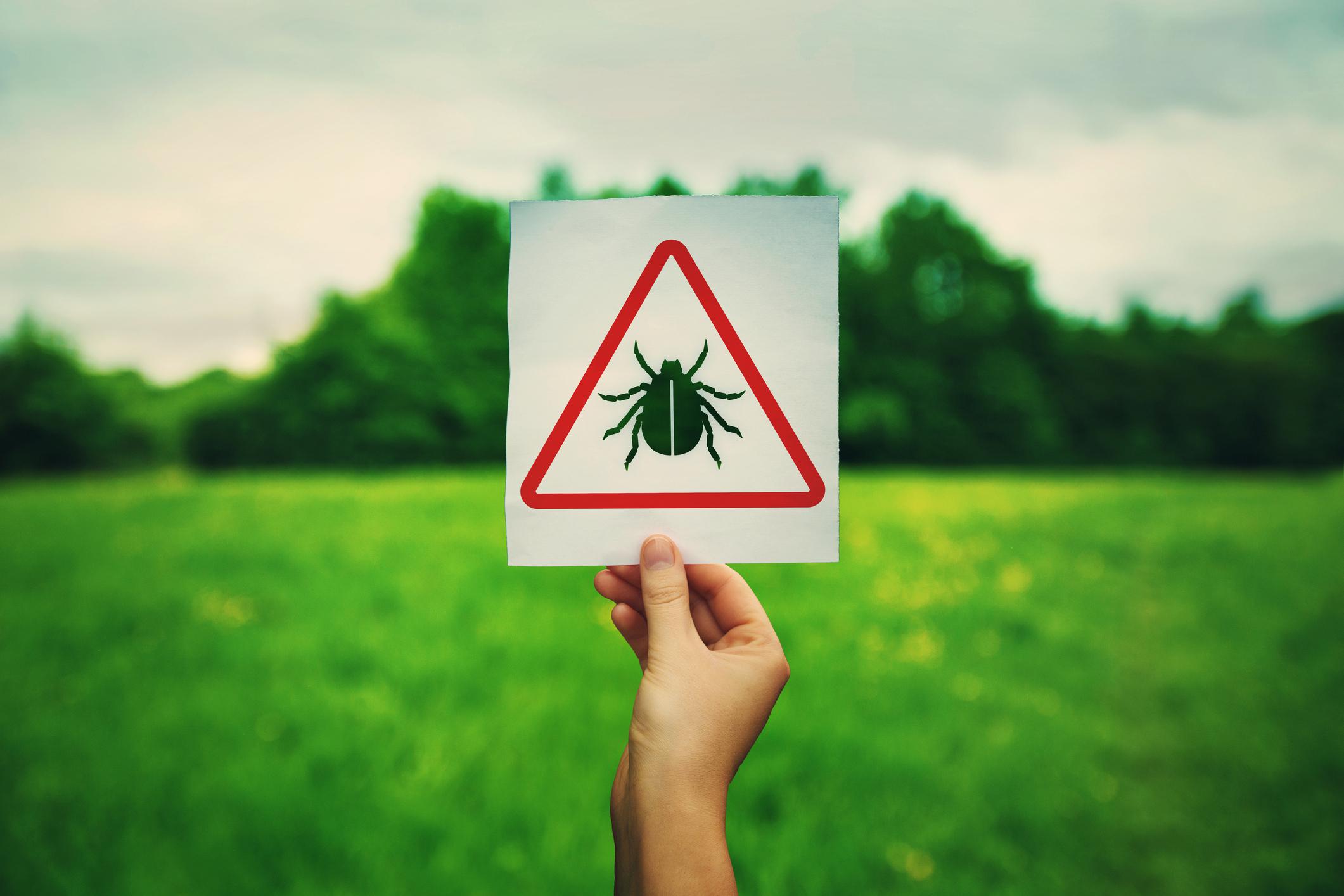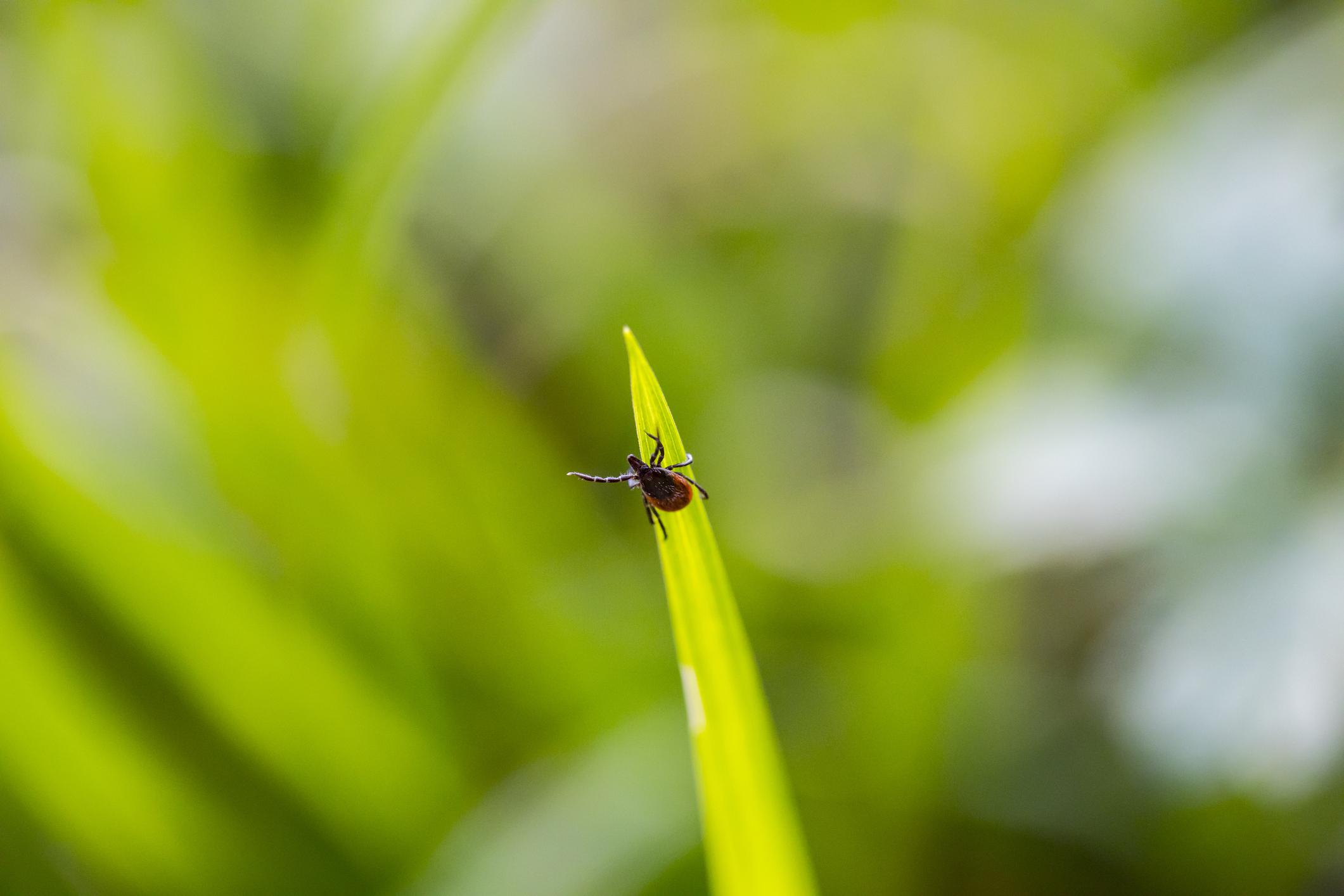Which Are More Harmful, Mosquitoes or Ticks?
Posted by Mosquito Squad
June 16, 2015
The answer to this question is not as straightforward as you might think. Mosquitoes and ticks both transmit diseases to humans. Some of the diseases are lethal, others debilitating and some don’t need to be treated at all. The diseases of most concern to us in answering the question are the ones that occur more frequently and are most lethal.
Throughout the world, mosquitoes kill more humans every year than ticks. The main reason for this is that they live in close proximity to more people than ticks. Mosquitoes are on every continent and can survive in very cold and very hot climates. They do not die off due to very cold winters, as many of us think. Alaska has a mosquito problem each summer, just like Florida. Many mosquito species like urban environments and others like remote and isolated forests and swamps. They seem to be everywhere.
The most deadly mosquito-borne disease is malaria. The World Health Organization (WHO) estimates nearly 600,000 people die from malaria each year. WHO estimates 300-500 million new malaria cases occur each year and that a child dies every 30 seconds from it. In the US, malaria is not a common mosquito-borne disease but it does occur mainly due to travelers getting it overseas and returning home with it. In addition to malaria, mosquitoes transmit West Nile Virus, Dengue Fever, Yellow Fever, Rift Valley Fever, Chikungunya, Japanese Encephalitis and Lymphatic Filariasis. In 2013, 32 cases of West Nile Virus were reported in New York, with more than half of them involving encephalitis or meningitis.
Ticks have a more limited geographical range worldwide than mosquitoes, although their range is expanding. Like mosquitoes, ticks carry a variety of diseases. Although tick diseases can be found in the US, Europe and Asia, the most common tick disease in the US is Lyme Disease. The Centers for Disease Control and Prevention (CDC) estimates the number of new Lyme Disease cases in the US at 300,000.
Lyme Disease is found mostly in the Northeast and northern Midwest United States. Along with Lyme Disease, ticks in the US can transmit Babesiosis, Anaplasmosis, Rocky Mountain Spotted Fever, Ehrlichiosis and Tularemia. In New York, there were nearly 3,000 confirmed and suspected Lyme Disease cases in 2012 according to the CDC. Treatment for almost all tick-borne diseases often involves a course of antibiotics. Cases that are more serious may require hospitalization and antibiotics intravenously. If diagnosed and treated early, tick diseases are rarely fatal. They can be chronic and debilitating, however.
Although antibiotics work well in treating tick diseases, supportive medicine is often the only available treatment for mosquito diseases. Making sure patients remain hydrated and are receiving medication for pain is often the only medical support available for mosquito-borne illnesses. Few if any vaccines exist for either tick or mosquito diseases. The effectiveness of antibiotics and vaccines seem dependent on the strain of the disease in a particular geographical area. Prevention remains the focus of governments and health care professionals worldwide.
So which one is more harmful, a mosquito or tick? In terms of the total number of infections worldwide each year the mosquito wins. However, in the US their total number of infections is much lower than ticks. There are many reasons for our lower number of mosquito infections. The climate of the US is not as warm as other countries. Our government agencies spend money to reduce the number of mosquitoes each summer with the use of insecticide fogging and larvacide in stagnant water. Finally, our health care system is sufficient to supply the necessary medicine and support. We also have very good infectious disease reporting and the ability to track any outbreaks.
In the US, the tick wins in the category of total number of infections with 300,000 new Lyme Disease cases each year. When you add the other tick-borne diseases that were mentioned earlier, the number of infections is much higher. Fortunately, these infections are rarely fatal due to our well-funded healthcare system and health reporting systems. Worldwide, the opposite is true. The number of tick infections worldwide doesn’t come close to the 600,000 deaths mosquitoes cause in the spread of malaria alone. When you add Dengue Fever, Yellow Fever and the other mosquito-borne infections ticks are left far behind in total number of infections.
Therefore, the answer to our question depends if you’re talking about the US or the World. Either way, both of these pests can be dangerous and debilitating.
In Westchester County NY and Fairfield County CT, you can protect yourself from both mosquito-borne and tick-borne infections at the same time. Mosquito Squad® of Ho-Ho-Kus offers one barrier treatment that will protect you and your family from both biting pests. Our barrier treatment is 85-90% effective at eliminating both mosquitoes and ticks. When used every three weeks, you can have peace of mind all summer long that you are dramatically reducing your exposure to all of the diseases mosquitoes and ticks transmit.

